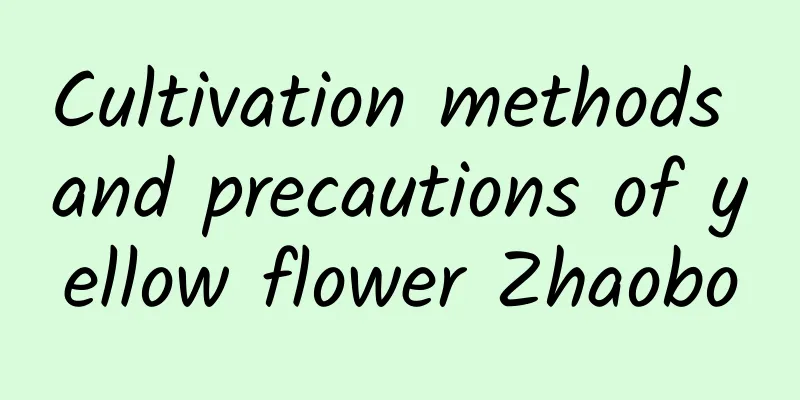How to improve the survival rate of Magnolia grandiflora transplantation

Soil ball sizeThe size of the soil ball is the key to the success of Magnolia grandiflora transplanting. In East China, the diameter of the soil ball is generally 8 to 10 times the tree's breast diameter. The soil ball should be dug into a gyroscope shape rather than a plate or cone shape, and should be tied tightly with straw rope to prevent it from loosening during transportation. Transplantation SeasonIt is best to transplant large Magnolia trees in early spring, but the best time is the rainy season. When transplanting, it is best to choose a cloudy or overcast day. Transplanting can be done about half a month after the Spring Festival. When the temperature rises in late spring, the roots begin to sprout and grow. In addition, there is heavy rainfall and high air humidity during the rainy season, so the survival rate of transplanted Magnolia grandiflora is very high at this time. Water requirementsDigging and planting must be done quickly and in a timely manner to avoid excessive water loss that may affect survival. After transplanting, the first rooting watering should be timely, and the watering should be sufficient and thorough. If there is too much rainfall after transplanting, drainage ditches need to be dug to prevent water accumulation at the roots, which will cause the magnolia to rot and die. If the weather is dry, you can spray the tree crown or spray from above. Pruning requirementsBy pruning and removing leaves, water evaporation can be reduced and the water supply pressure on injured roots can be relieved. It is advisable to pick off only 1/3 of the leaves on the branches, otherwise it will reduce the transpiration pull and make it difficult for the roots to absorb water. Other TipsDuring the transplanting process of Magnolia grandiflora, in order to promote the recovery of the root system, you can use the high-efficiency rooting agent "Quick Rooting". After planting, supporting wood should be installed to fix the tree trunk to prevent shaking and damage to the root system. A tripod made of 3 to 4 meters long bamboo or other materials can be used for fixing. |
<<: How to breed horseshoe gold
>>: How to grow Guangdong Dieffenbachia hydroponically
Recommend
10 beautiful chrysanthemums, a hot item during National Day, so shocking!
1. Purple Phoenix Peony 2. Panlong Magnolia 3. Ga...
How long is the growing cycle of cowpea?
Introduction to Cowpea Growth Cowpea likes sunlig...
How to grow the Welcoming Pine to make it grow vigorously?
The Welcoming Pine has the profound meaning of sy...
How to control the flowering period of baby's breath
Preparation for regulating the flowering period o...
Is tea water good for watering flowers? How many days does tea water ferment before it can be used to water flowers?
Is it good to use tea water to water flowers? 1. ...
What are the legends and meanings of Mandragora?
1. The flower language and meaning of Mandala Man...
How to grow the succulent plant red curly
How to choose red silk When purchasing potted red...
What to do if Amaryllis only grows leaves but does not bloom
1. Reasons 1. Lack of nutrients The plant needs a...
How to judge whether gardenia lacks fertilizer or is overgrown (what fertilizer is lacking if gardenia does not bloom)
It is generally recognized that gardenia is diffi...
Characteristics and cultivation methods of copper coin grass
The pennywort is a very lovely perennial wetland ...
How to Eat Breadfruit
1. Can be grilled We find some breadfruit and cut...
How to plant stem apricot seeds
1. Sowing time The ideal temperature is 15 to 30 ...
Can mint be grown in the ground?
Can mint be planted in the ground? Mint can be pl...
The role of the Gordian knot
The role of the Gordian knot: absorbing radiation...
How to maintain the succulent plant
The succulent Aizoaceae is a succulent plant belo...









